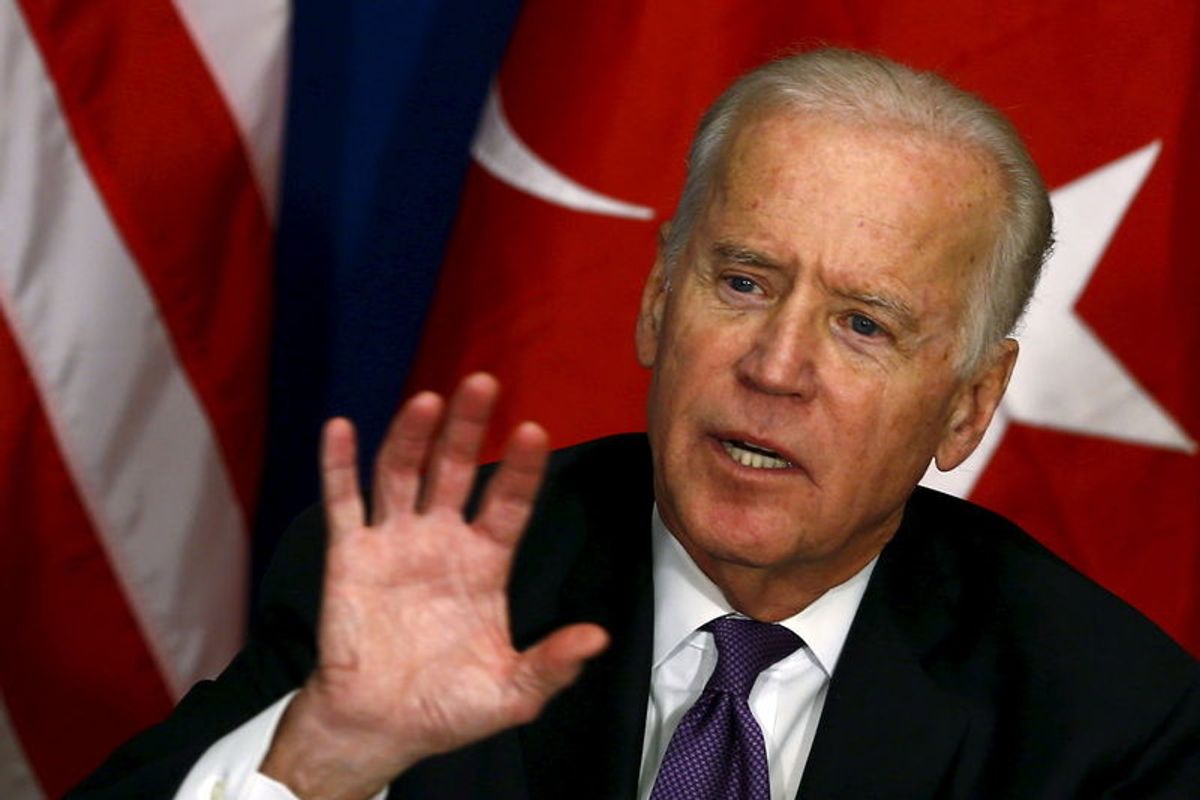
Reprinted with permission from ProPublica.
As a deputy assistant secretary for policy and economic development in the Department of the Interior’s Bureau of Indian Affairs, Gavin Clarkson oversees a small program that guarantees loans for Indian businesses. His “expertise in the areas of law, finance and economic development are a valuable asset,” noted Secretary of the Interior Ryan Zinke in a statement announcing the appointment, which took effect on June 11 and didn’t require Senate confirmation.
Zinke didn’t mention it, but Clarkson is particularly well acquainted with the loan guarantee program he now supervises: He played a key role in a convoluted transaction that flopped and left the Interior Department fending off a $20 million liability that is still in litigation years later. That sum represents about 25 percent of the amount the program can guarantee in a year, and until the case is resolved, that money cannot be used to guarantee new loans.
Clarkson, a member of the Choctaw Nation of Oklahoma, is a former law professor who has taught at the University of Michigan and New Mexico State, and been involved in several businesses. He referred questions to a department spokeswoman, who did not respond to questions sent by email.
The story begins with what sounds like an improbable idea: In 2008, the Lower Brule Sioux tribe in South Dakota decided to buy a nearly insolvent Wall Street financial services company. The tribe, which was receiving federal aid to reduce poverty, according to a report by Human Rights Watch, turned to Clarkson to obtain a loan, and a loan guarantee from the Interior Department. (The guarantees are intended to encourage banks and other entities to lend to Indian businesses that might not otherwise find funding. The government agrees to reimburse any covered debt that the borrower fails to pay off.)
The tribe was hoping to raise $22.5 million with $20 million of it guaranteed, but Clarkson wasn’t able to gather anything close to that amount. Instead, using a company he helped create for the occasion, he borrowed $3.5 million from private investors and then loaned it to the tribe. But Clarkson still managed to obtain a guarantee for $20 million. (He accomplished this by moving $19 million in debt from the brokerage to his company, according to a report about the episode, and convincing the Interior Department to treat it like a loan.)
Ultimately, things went badly awry. The brokerage went bankrupt a few years later and the loan guarantees had enough problems to generate a report by the inspector general of the Interior Department, as well as ongoing litigation. The inspector general’s report, released in March, criticized both the entity requesting guarantees in this instance and the Interior Department staffer who approved them. (The report was made public in redacted form, with the names of individuals blacked out.)
The original application for loan guarantees should have raised several red flags, according to the inspector general. Companies that qualify for guarantees are supposed to be active lenders, but Clarkson’s company had never made a loan before. The Interior Department staffer in question did not verify whether the loan had been funded, prompting the inspector general to conclude there’d been “neglect.” Finally, the guarantee was for a much larger sum than is typical for the program.
In 2012, Clarkson’s company sold the $20 million in guarantees to a life insurance company and used the cash to pare down old debt and pay tribal leaders, according to the IG report. Clarkson and his company were paid $327,500, according to a filing in a related lawsuit.
In 2013, the brokerage defaulted. At that point the life insurance company that held the guarantee sought to recover $20 million from the Interior Department.
The department rejected the claim, saying the loan had never met the conditions of the guarantee. The life insurance company appealed within the agency but lost, and then sued in federal court. The government has asked the judge to throw out the case.
The IG report concluded that the loan guarantee “departed from” department guidelines but didn’t find any criminal violations. A federal grand jury investigated the episode, according to a spokeswoman for the IG, but did not hand up any indictments.
Still, the fiasco generated criticism both inside the tribe, according to the IG’s report, and outside. Said Arvind Ganesan, the director of Human Rights Watch’s Business and Human Rights Division, who researched the deal as part of a broader report on the Lower Brule Sioux: “It’s pretty disturbing that he’s now in charge of a department that’s being sued over a deal that he arranged and that went so badly.”
Header image source.


